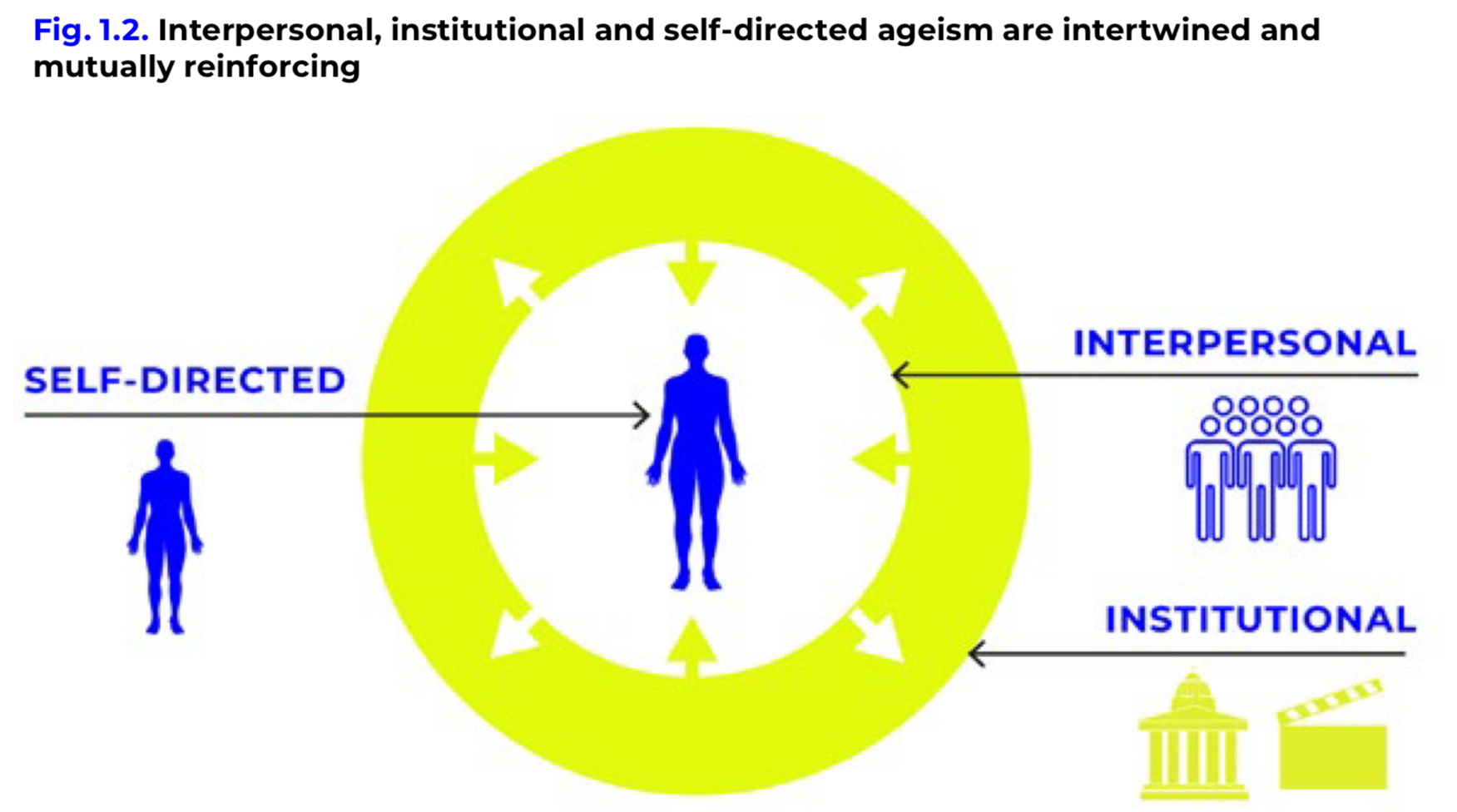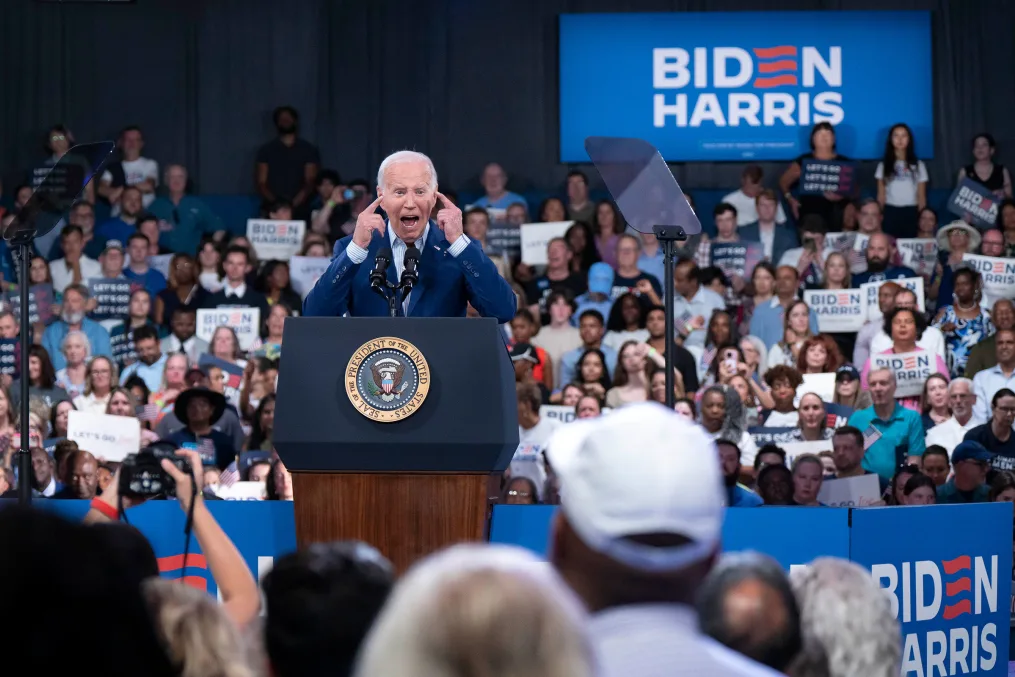By Vera Rodriguez,
Society responds to aging with a palpable unease as people approach their later years. The media promotes “anti-aging” products, encouraging the thought that growing older is undesirable. Moreover, popular culture often portrays older individuals as fragile, forgetful, or disconnected from modern life. Such pervasive assumptions about aging influence our social expectations and interactions. As these attitudes seep into everyday life, the consequences become visible, but the discrimination itself is still invisible in everyday discourse. Thus, affecting not just how society treats older individuals, but also how they view themselves as they grow older.
Robert N. Bulter, the first director of the National Institute on Aging, first used the term “ageism” in 1969. This word describes the stereotyping, prejudice, and discrimination against people based on their age. This bias can be explicit through laws, policies, or actions or implicit through unconscious bias or cultural norms. Ageism disproportionately affects older adults more than younger adults. This association of aging with decline and burden manifests itself through adverse views of older peoples’ abilities, specially related to their contribution to society and overall health.

These assumptions often strikingly contradict reality. In terms of contributing to society, grandparents’ role as caregivers in most societies in early childhood. Furthermore, older people are less likely to receive a promotion at work or be hired, as employers often assume they will adapt worse to new technologies and trends. Secondly, most people associate older adulthood with the inevitable worsening of the body and mind. While it is true that chronic diseases and memory-related illnesses diagnoses increase with age, they remain far away from affecting the most older adults. Yet, the media often portrays the forgetful grandparent, reinforcing a particular view about this period of life. Amidst this discourse about elder health, the benefits of aging are not even considered. For example, although reaction times slow, other cognitive skills stay the same or even improve. A 2022 study concluded that older adults better orient their attention and ignore distractions than middle-aged adults. Ultimately, aging is a highly individual process, and people experience it differently.
Negative discourses around late life quickly become a vicious feedback loop. Elderly individuals frequently see themselves as less capable due to these societal expectations, which impacts their performance and creates more pessimistic expectations. The United Nations reported that ageism impacts health in three ways: psychological, behavioral, and physiological. First, negative age stereotypes can worsen psychological well-being through stress. Second, these prejudices predict worse health behavior, such as non-compliance with prescribed medication. Physiological changes refer to changes in hippocampus size. What is more, the World Health Organization estimates that prejudices concerning old age shorten life spans by up to seven and a half years.

Why is ageism an invisible discrimination? Ageism is still socially acceptable in many ways, even in organizations that cover other types of discrimination. Topics of gender, race, class, and disabilities are increasingly considered. Age-related discrimination stays a marginal consideration, especially related to older adults. For example, when discussing Joe Biden’s (81) ability to lead the country, many accused him of being “too old for the job”, linking his memory issues with his age. Candidates who were similarly old, such as Trump (78) or Sanders (83), are not seen of being incompetent due to age. If anything, comments about their age only highlight their age when speaking about the representation of younger people in positions of power. Linking health problems to “being too old” for a job speaks to the normalization of ageism in public discourse.
Before summing up, it must be highlighted that ageism is not a standalone issue. Other identities intersect with ageism, adding layers of complexity. For instance, an older wealthy adult will not have the same troubles as a low-income elder. Similarly, race, gender, and disabilities also shape their realities, making the fight against ageism a multi-faceted one. Combating ageism not only helps build a better society for all individuals but also, on a more selfish level, guarantees that we, when we reach a later age, are also treated fairly. Thus, our job is to reframe late life and construct better narratives, interact with older adults, and stand up against ageism when we hear it or see it.
References
- Ageism is one of the last socially acceptable prejudices. Psychologists are working to change that. APA. Available here
- Department of Economic and Social Affairs. UN. Available here
- Ageism is a global challenge: UN. WHO. Available here
- I Was a Manager in an Ageist Workplace. Harvard Business Review. Available here
- Americans were worried about Biden’s age long before the debate. ABC News. Available here
- Global Report on Ageism. Global Campaign to Combat Ageism. Available here




